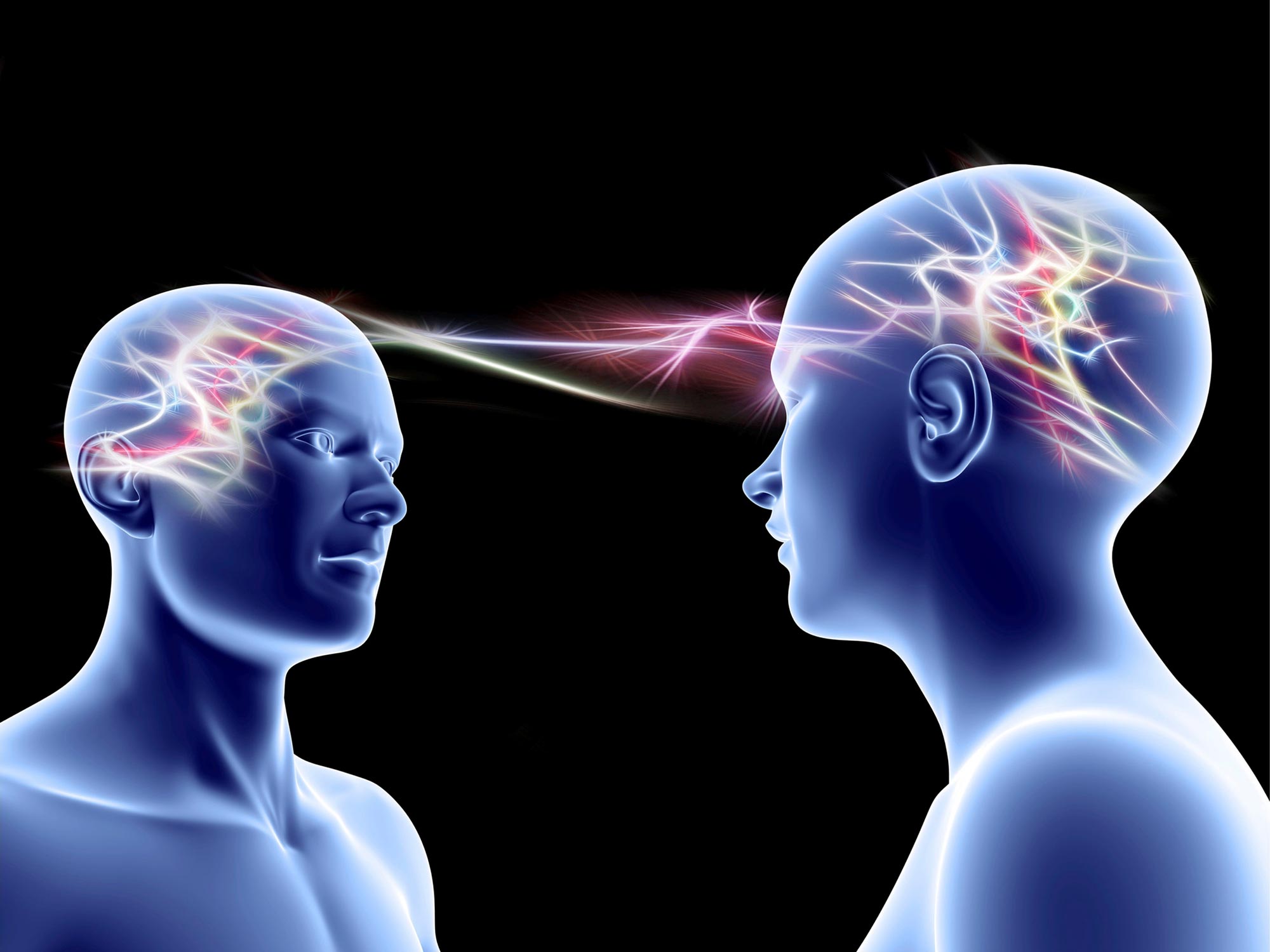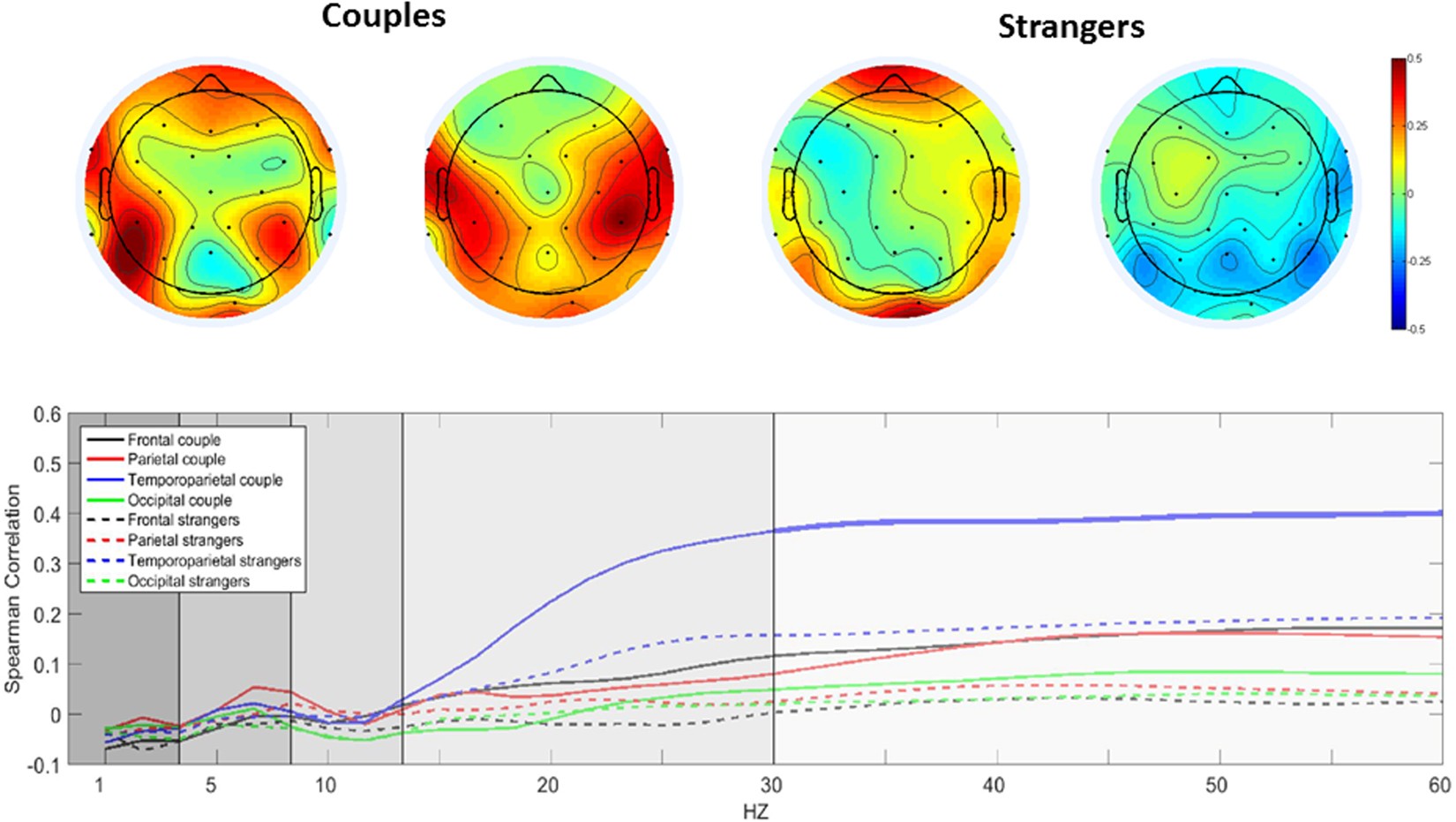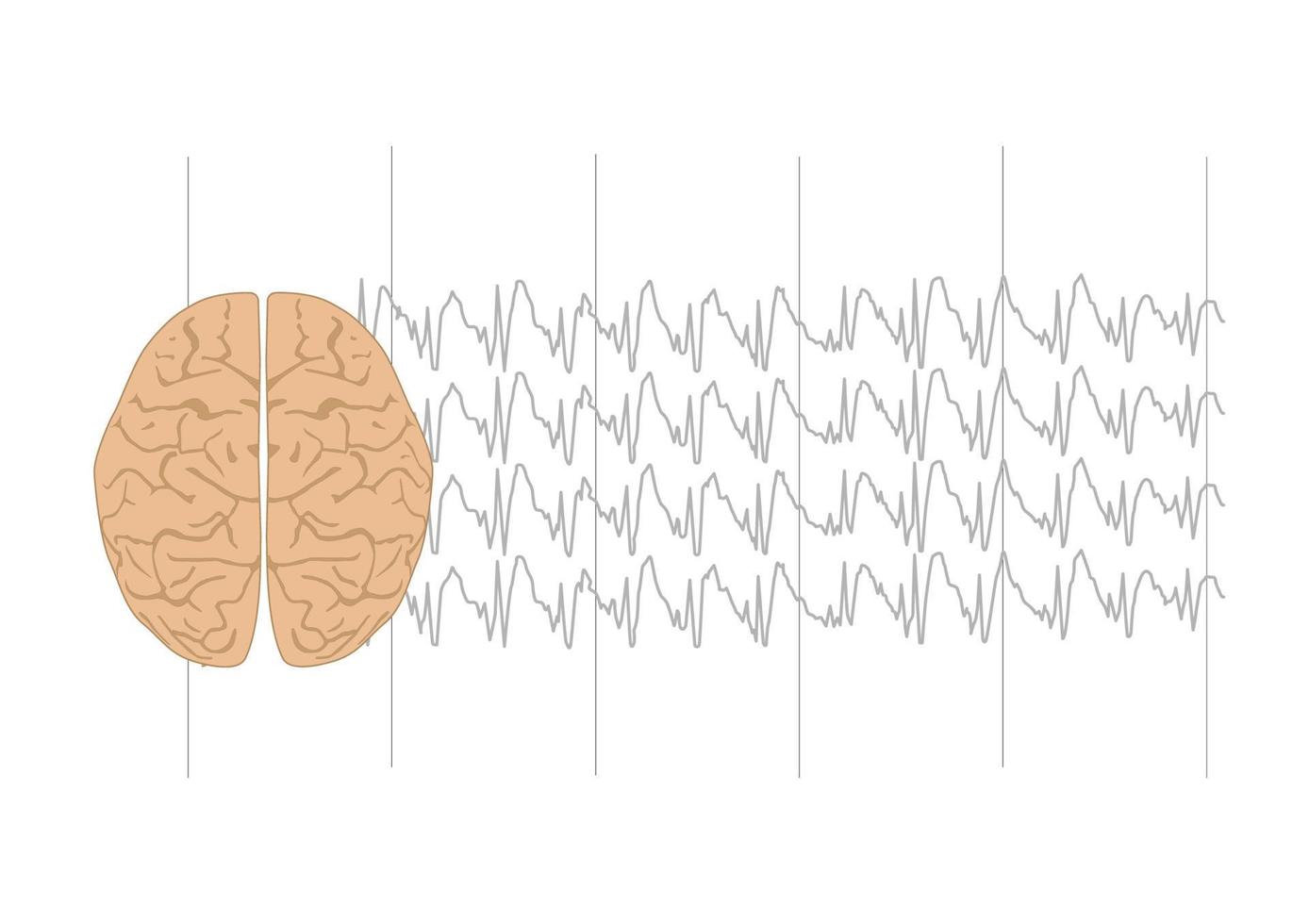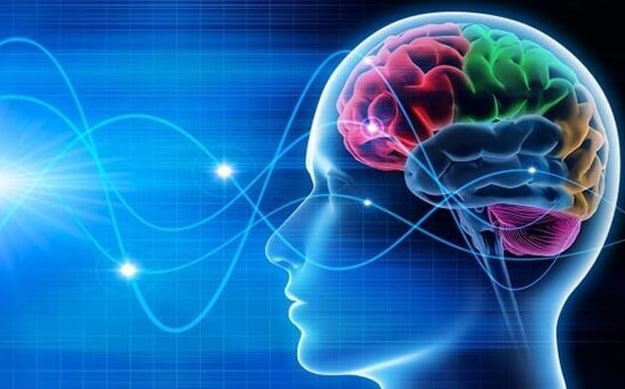Disclaimer: This article is for informational and educational purposes only. It presents a neutral, non-partisan perspective and is based on verified public reports from reputable neuroscience sources. It does not endorse unverified claims of direct electromagnetic brain-to-brain communication.
Recent neuroscience research continues to expand our understanding of the human brain — particularly how electrical activity shapes our thoughts, behavior, and social interactions. Although discussions about “brain-to-brain electromagnetic communication” have gained attention online, the scientific community remains cautious. What current evidence reveals is fascinating, but it does not confirm the existence of direct electromagnetic communication between human brains.

Neurons, Brain Waves, and Electromagnetic Activity
The brain functions through vast networks of neurons that communicate via electrical impulses. These synchronized firings create rhythmic oscillations — known as brainwaves — that can be detected using electroencephalography (EEG). The main frequency bands include delta (0.5–4 Hz), theta (4–8 Hz), alpha (8–13 Hz), beta (13–30 Hz), and gamma (>30 Hz).
Researchers at the Massachusetts Institute of Technology found consistent patterns of oscillation in mammalian brains: faster rhythms near the cortical surface and slower rhythms in deeper regions. These findings help explain how different brain areas coordinate to process sensory input and support higher cognition.
Along with electrical activity, the brain also generates weak electromagnetic fields. Some laboratory studies have investigated how extremely low-frequency electromagnetic fields (ELF-EMF) may influence neural tissue. In animal experiments, rats exposed to ELF-EMF showed improved neurogenesis and cognitive recovery following brain injury. Another review noted that these electromagnetic fields might affect the permeability of the blood-brain barrier under certain conditions.
However, such findings do not imply that human brains emit electromagnetic waves strong enough to communicate over distance. These fields are extremely weak — far below the intensity needed to influence another brain in a natural environment.

Inter-Brain Synchrony: What Science Knows
Over the past decade, neuroscience has documented a phenomenon known as inter-brain synchrony. This occurs when the brainwave patterns of two or more people align during shared activities — for example, when musicians perform together, when students engage with teachers, or when teammates cooperate closely.
These findings are measured through EEG hyperscanning, where multiple participants’ brain activity is recorded simultaneously. The observed synchrony appears to reflect shared attention, understanding, and emotional connection rather than electromagnetic communication.
While some theoretical research explores whether brain-generated magnetic fields could influence others, this remains speculative. To date, no studies have demonstrated direct human-to-human electromagnetic transmission of information without external devices.
Where Popular Claims Exceed the Evidence
The idea that the human brain emits ultra-low-frequency electromagnetic waves that can travel long distances and enable subconscious communication lacks empirical support. Mainstream neuroscience identifies several reasons:
-
Brain-generated electromagnetic fields are extremely weak, often drowned out by background environmental noise.
-
Detecting these signals outside the scalp requires sensitive equipment and controlled conditions.
-
Verified brain-to-brain interactions have only been achieved using engineered brain-computer interfaces (BCIs) — not through spontaneous natural communication.
In one notable experiment, scientists used non-invasive brain-computer-metasurface platforms to transmit basic “mind signals.” However, such systems depend on advanced technology, not biological EM emissions alone. The findings demonstrate engineering potential, not telepathy.
Therefore, while humans can synchronize their mental states during cooperation or shared emotion, the mechanism involves sensory and cognitive processes — not electromagnetic wave exchange between brains.

The Broader Implications of Neural Synchrony
Even without electromagnetic transmission, inter-brain synchrony is reshaping how scientists understand empathy, communication, and group coordination. When individuals interact meaningfully, their neural activity becomes more aligned, improving cooperation and emotional connection.
If future studies confirm deeper forms of neural alignment, this knowledge could transform fields like education, therapy, and team performance. But for now, research focuses on how shared attention and interaction — not electromagnetic signals — produce these effects.
What Current Science Supports
-
Brainwaves reflect coordinated neural firing that supports memory, perception, and learning.
-
Inter-brain synchrony occurs during shared tasks and communication but reflects cognitive engagement, not EM transmission.
-
External EM fields can affect neural tissue in controlled experiments (mostly in animals), yet there is no proof that human brains naturally exchange EM information.
-
Direct, long-range brain-to-brain communication remains an unproven hypothesis.
Why Accuracy Matters
Separating verified neuroscience from speculative interpretation is crucial. Misinformation about “telepathic” brain waves can spread quickly, creating false expectations about mental influence or “global consciousness networks.” Staying grounded in peer-reviewed research ensures that new discoveries are understood accurately — as part of scientific progress, not science fiction.

The Future of Research
Emerging technologies such as high-resolution EEG, magnetoencephalography (MEG), and ultra-low-field sensors are allowing scientists to map brain activity with unprecedented precision. As tools advance, researchers may uncover new mechanisms of neural coordination that could reshape our understanding of human connection.
However, leading neuroscientists emphasize caution: evidence should always come before conclusion. The frontier of brain science remains open — full of promise but demanding rigor.
Conclusion
The human brain is both electrical and electromagnetic, continuously producing oscillations that allow perception, learning, and emotion. These waves synchronize within our own neural circuits and, under certain conditions, between individuals engaged in shared experience.
What current science confirms is that human connection happens through perception, attention, and emotion — not through long-range electromagnetic brain waves. The mystery of consciousness and human empathy remains profound, but our understanding must rest on evidence, not speculation.
Sources:
-
“Brain-to-brain communication: The possible role of brain electromagnetic fields (as a potential hypothesis).” PMC, National Library of Medicine.
-
“Study reveals a universal pattern of brain wave frequencies.” MIT News, Massachusetts Institute of Technology, 2024.
-
“Extremely low-frequency electromagnetic fields promote cognitive function…” PubMed, National Center for Biotechnology Information.
-
“Directly wireless communication of human minds via non-invasive brain-computer-metasurface platform.” eLight Journal, SpringerOpen.
-
“Radiofrequency and extremely low-frequency electromagnetic field effects on the blood-brain barrier.” Lund University, Sweden.

